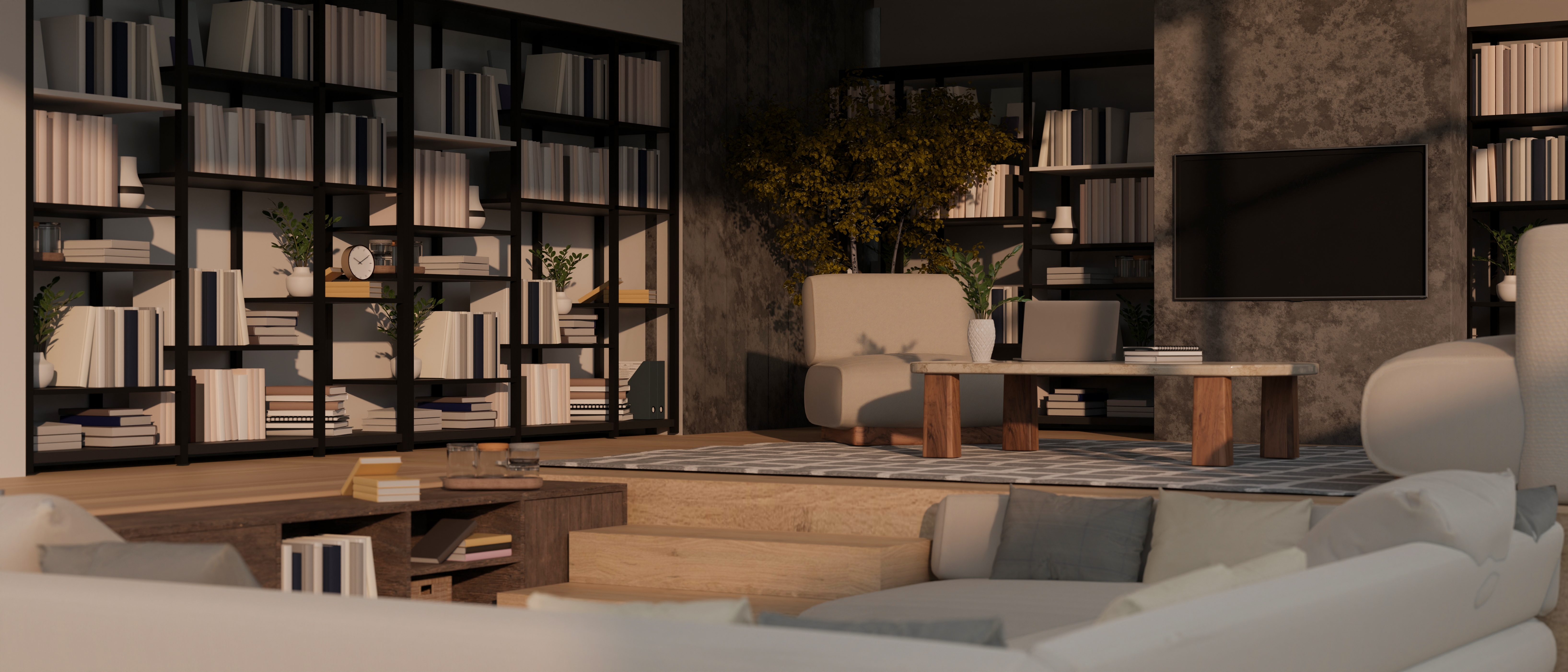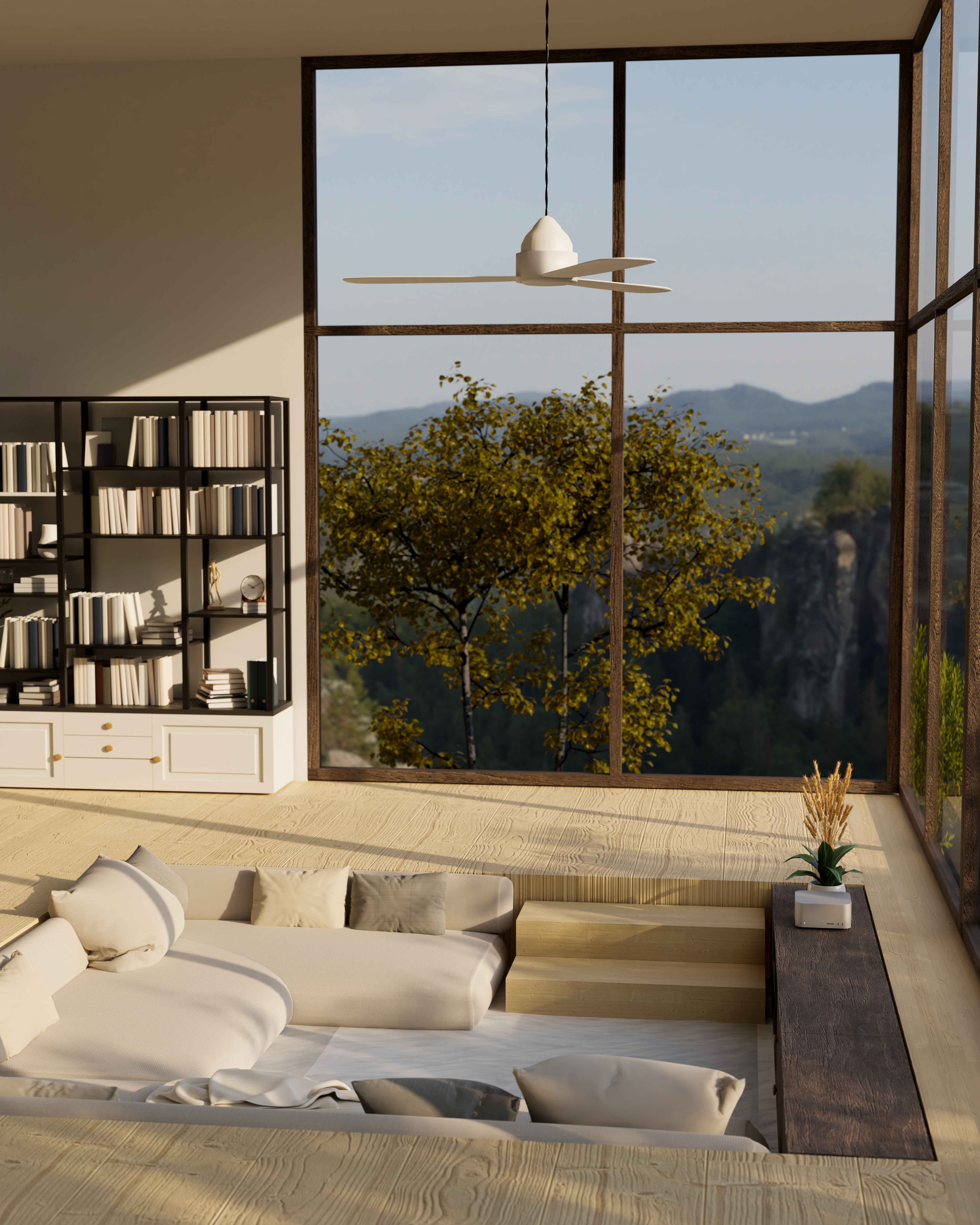
Step Down Living Room Solutions for Safety and Accessibility

A step-down living room can add a touch of elegance, grandeur, or coziness to the room, depending on the architectural style of your home. However, it can be a tripping hazard if safety isn't considered in the design.
The origins of the step-down or sunken living room are often traced back to a single architect in the late 1920s. Bruce Goff designed a house for his teacher, Adah Robinson, in 1927, featuring something never seen before. It was the first sunken conversation pit.
The step-down living room gained more popularity throughout the century, though it eventually fell out of fashion. Recently, however, there has been a resurgence of sunken conversation pits in modern homes, though they still have their pros and cons.
While they help break down large, monotonous-appearing spaces, make the living room more intimate, and give it an airy feel, they can be a bit of an inconvenience and are pricey to get done.
There are a few things you'd want to consider when designing your step-down living room, and among the most important is safety. If you need help figuring out where to start, here are a few step-down living room solutions.

American actress Jane Russell (1921 - 2011) in the sunken living room or 'conversation pit' at her home, circa 1950 | Source: Getty Images
Step-Down Living Room Solutions
1. Change the color of the adjacent floor.
Whether designing a new home or renovating, one effective way to avoid making your step-down living room a tripping hazard is having contrasting floors so the shift from the adjacent room to the living room is easily recognizable.

3D rendering of a sunken living room | Source: Shutterstock
2. Add plants or rugs.
An alternative to having contrasting floors is using noticeable plants or rugs that will help highlight the transition from one room to the next.

3D rendering of a step-down living room | Source: Shutterstock
3. Install handrails.
Handrails are another great alternative to safeguarding your friends and family from tripping and injury when entering your sunken living room. They can clearly distinguish between your living room and the adjacent room.
Additionally, you can install a gentle slope for more accessibility for elderly or disabled residents and visitors.

A sunken living room in Morocco | Source: Getty Images
Hopefully, the step-down living room solutions explained above will help prevent avoidable mishaps when people enter. For more architectural tips, check out this post about boho rustic living room essentials.